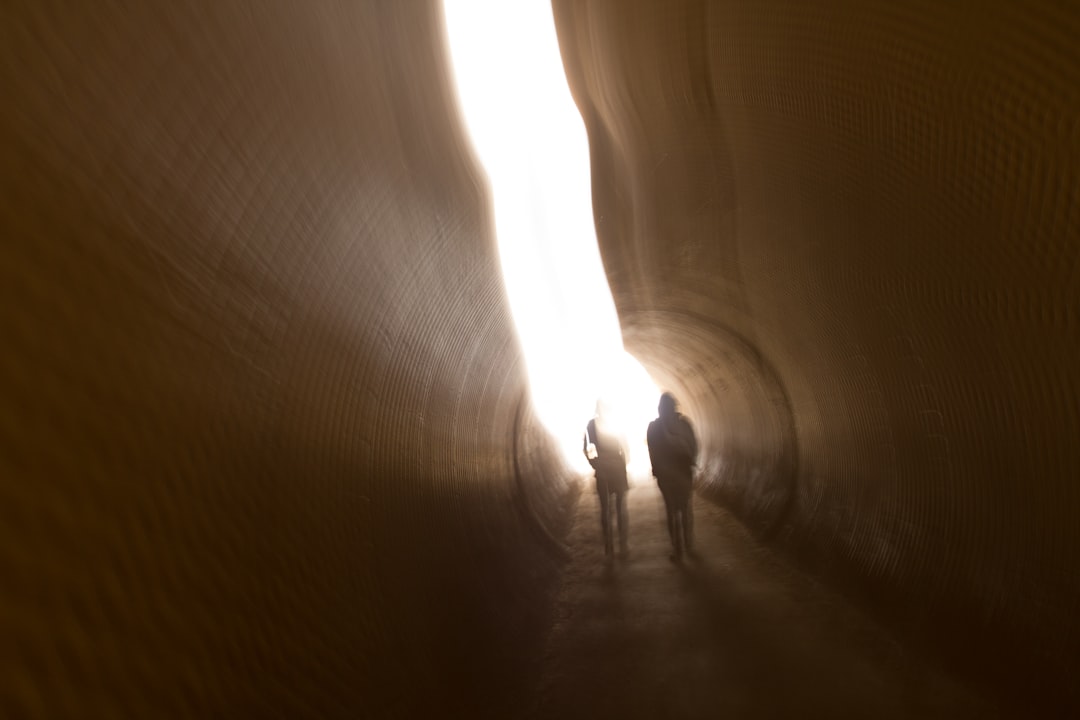The Drake Passage, a body of water situated between the southern tip of South America and Antarctica, is renowned for its tumultuous seas and breathtaking vistas. Named after the English explorer Sir Francis Drake, who navigated these waters in the late 16th century, the passage serves as a critical maritime route for vessels traveling to and from the Antarctic region. Stretching approximately 600 miles, it is often regarded as one of the most challenging waterways in the world due to its unpredictable weather patterns and strong currents.
The passage not only connects the Atlantic and Pacific Oceans but also plays a vital role in global ocean circulation, making it a significant area for both navigation and scientific research. The Drake Passage is characterized by its unique geographical features, including the South Shetland Islands to the north and the Antarctic Peninsula to the south. This narrow stretch of ocean is often described as a gateway to Antarctica, attracting adventurers, researchers, and wildlife enthusiasts alike.
The allure of the passage lies not only in its natural beauty but also in the rich tapestry of life that thrives in its waters. As one of the last frontiers on Earth, the Drake Passage continues to captivate those who seek to explore its depths and uncover its secrets.
Key Takeaways
- The Drake Passage is a treacherous body of water located between South America’s Cape Horn and the South Shetland Islands of Antarctica.
- Crossing the Drake Passage presents challenges such as rough seas, strong winds, and unpredictable weather conditions.
- The Drake Passage is home to a diverse range of wildlife, including penguins, seals, and various species of seabirds.
- The beauty of the Drake Passage lies in its dramatic landscapes, towering icebergs, and stunning sunsets.
- The Drake Passage has a rich history of exploration and is an important area for climate research due to its role in global ocean circulation.
The Challenges of Crossing the Drake Passage
Crossing the Drake Passage is often likened to a rite of passage for sailors and adventurers. The waters are notorious for their rough conditions, with waves that can reach heights of up to 30 feet. The unpredictable weather patterns, which can shift from calm to stormy in a matter of hours, pose significant challenges for those attempting to navigate this treacherous stretch of ocean.
Many vessels have encountered difficulties due to sudden squalls, strong winds, and turbulent seas, leading to a reputation that has made the passage both feared and respected among mariners. Despite these challenges, crossing the Drake Passage is an experience that many travelers seek out. The thrill of braving the elements and navigating through such a formidable body of water can be exhilarating.
However, it is essential for those embarking on this journey to be well-prepared and informed about the potential hazards they may face. Understanding the intricacies of weather patterns, sea conditions, and vessel capabilities can make all the difference in ensuring a safe and successful crossing.
The Unique Wildlife of the Drake Passage

The Drake Passage is not only known for its challenging conditions but also for its remarkable biodiversity. The waters teem with life, providing a habitat for a variety of marine species. Among the most notable inhabitants are several species of whales, including humpback, minke, and orca whales, which can often be spotted breaching the surface or swimming alongside vessels.
Additionally, the passage is home to an array of seabirds, such as albatrosses and petrels, which glide gracefully above the waves in search of food. The unique wildlife of the Drake Passage is a significant draw for researchers and nature enthusiasts alike. The nutrient-rich waters support thriving populations of krill, which serve as a crucial food source for many marine animals.
This abundance of life creates a dynamic ecosystem that plays an essential role in the health of the Southern Ocean. Observing these creatures in their natural habitat offers travelers an unforgettable glimpse into the wonders of marine life and highlights the importance of conservation efforts in preserving these delicate ecosystems.
The Beauty of the Drake Passage
| Metrics | Data |
|---|---|
| Temperature | 0°C to 8°C |
| Wind Speed | 30-40 knots |
| Wave Height | 4-8 meters |
| Wildlife | Whales, seals, and seabirds |
| Scenery | Dramatic icebergs and snow-capped mountains |
Beyond its challenges and wildlife, the Drake Passage boasts stunning natural beauty that captivates all who traverse its waters. The ever-changing seascape is marked by dramatic skies that shift from bright blue to ominous gray, often accompanied by breathtaking sunsets that paint the horizon in vibrant hues.
These striking visuals create a sense of awe and wonder that leaves a lasting impression on those fortunate enough to witness them. The surrounding landscapes also contribute to the passage’s allure. As vessels approach Antarctica, towering glaciers and rugged mountain ranges come into view, creating a breathtaking backdrop against which travelers can appreciate the raw power of nature.
The interplay between land and sea in this remote region is nothing short of spectacular, making every moment spent in the Drake Passage a feast for the senses.
The History and Exploration of the Drake Passage
The history of exploration in the Drake Passage is rich and varied, marked by tales of adventure, discovery, and perseverance. Sir Francis Drake was one of the first Europeans to navigate these waters during his circumnavigation of the globe in the late 1500s. His journey opened up new possibilities for maritime exploration and trade, paving the way for future expeditions to Antarctica.
Over the centuries, numerous explorers have ventured into these treacherous waters, each contributing to our understanding of this remote region. In addition to its historical significance as a route for explorers, the Drake Passage has also played a crucial role in scientific research. The passage has been a focal point for studies related to oceanography, climate change, and marine biology.
Researchers have sought to understand how this unique body of water influences global weather patterns and ocean currents, making it an essential area for ongoing scientific inquiry.
The Importance of the Drake Passage in Climate Research

The Drake Passage holds immense significance in climate research due to its role in global ocean circulation and its impact on weather patterns. As one of the primary conduits for water exchange between the Atlantic and Pacific Oceans, it plays a vital role in regulating temperatures and influencing climate systems worldwide. Scientists have long recognized that changes in this region can have far-reaching effects on global climate dynamics.
Research conducted in the Drake Passage has provided valuable insights into how climate change is affecting ocean temperatures, salinity levels, and marine ecosystems. As temperatures rise and ice melts in Antarctica, understanding these changes becomes increasingly critical for predicting future climate scenarios. The passage serves as a natural laboratory for scientists seeking to unravel the complexities of our planet’s climate system and develop strategies for mitigating its impacts.
The Thrill of Crossing the Drake Passage
For many adventurers, crossing the Drake Passage is an exhilarating experience that embodies the spirit of exploration. The anticipation builds as travelers prepare to embark on their journey through these storied waters. The thrill of navigating through turbulent seas while surrounded by stunning landscapes creates an adrenaline rush that few other experiences can match.
Whether aboard a sturdy research vessel or a luxury cruise ship, travelers often find themselves captivated by both the challenges and beauty that define this iconic passage. The sense of camaraderie among fellow travelers adds to the excitement of crossing the Drake Passage. Shared stories of encounters with wildlife or moments spent braving rough seas foster connections that enhance the overall experience.
For many, this journey becomes more than just a crossing; it transforms into a shared adventure filled with memories that will last a lifetime.
The Cultural Significance of the Drake Passage
The cultural significance of the Drake Passage extends beyond its geographical boundaries; it represents humanity’s enduring quest for discovery and understanding.
The stories of those who have crossed the passage serve as reminders of our innate desire to explore uncharted territories and push beyond our limits.
Moreover, indigenous cultures have long held connections to this region, recognizing its importance as both a resource and a source of inspiration. The passage has been woven into narratives that celebrate resilience and adaptability in facing nature’s challenges. As modern travelers embark on their journeys through these waters, they carry with them not only their own aspirations but also a deep respect for those who came before them.
The Potential Impact of Climate Change on the Drake Passage
As climate change continues to reshape our planet, its effects on the Drake Passage are becoming increasingly evident. Rising ocean temperatures and melting ice are altering marine ecosystems and threatening biodiversity within this fragile environment. Changes in salinity levels can disrupt food chains and impact species that rely on specific conditions for survival.
These shifts pose significant challenges not only for wildlife but also for researchers seeking to understand how these changes will affect global climate patterns. The implications extend beyond ecological concerns; they also raise questions about navigation safety and maritime operations in this region. As conditions become more unpredictable due to climate change, vessels traversing the Drake Passage may face heightened risks associated with extreme weather events or shifting currents.
Addressing these challenges will require collaboration among scientists, policymakers, and maritime industries to develop strategies that ensure safe navigation while protecting this vital ecosystem.
Tips for Making the Most of a Journey through the Drake Passage
For those planning to cross the Drake Passage, preparation is key to ensuring an enjoyable experience. Travelers should consider booking with reputable tour operators who prioritize safety and provide knowledgeable guides familiar with local conditions. Understanding what to expect during the crossing—such as potential rough seas—can help set realistic expectations and enhance overall enjoyment.
Packing appropriately is also essential; layers are recommended due to rapidly changing weather conditions. Waterproof gear can be invaluable when encountering splashes from waves or rain showers. Additionally, bringing binoculars can enhance wildlife viewing opportunities while cameras are perfect for capturing breathtaking landscapes along the way.
Is the Drake Passage Worth the Journey?
In conclusion, crossing the Drake Passage is an adventure that offers unparalleled experiences filled with challenges, beauty, and discovery. From its tumultuous waters teeming with wildlife to its historical significance as a gateway to Antarctica, this iconic passage captivates all who dare to traverse it. While it presents undeniable challenges—both environmental and navigational—the rewards are equally profound.
For those seeking adventure or wishing to deepen their understanding of our planet’s climate systems, crossing the Drake Passage is undoubtedly worth it. It serves as a reminder of nature’s power while providing opportunities for connection with fellow travelers and appreciation for our shared history as explorers. Ultimately, this journey through one of Earth’s last frontiers leaves an indelible mark on all who embark upon it—a testament to humanity’s enduring spirit of exploration amidst nature’s grandeur.
If you’re considering whether the Drake Passage is worth the journey, you might find it helpful to explore related travel experiences and insights. A great resource for this is an article on MyGeoQuest, which delves into various adventurous travel destinations and offers tips for navigating challenging routes. You can read more about these exciting travel opportunities by visiting
